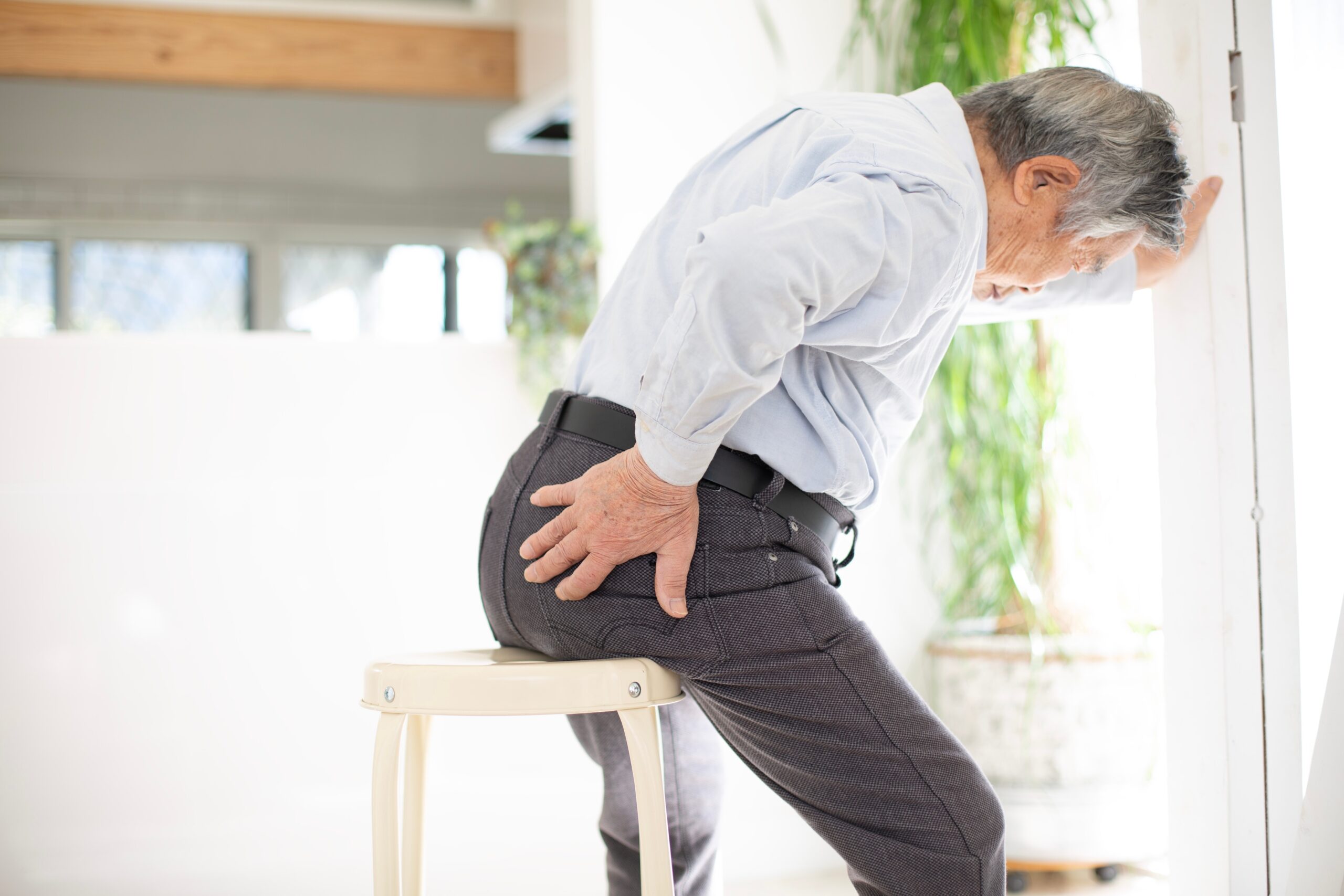Table of Contents

Rushing to the bathroom, only to find a few drops have already escaped. Sneezing, laughing, or exercising unleashing an unwelcome dribble.
For many, urinary leaks become an all-too-common feature of the golden years, shrouded in stigma and resignation.
But is incontinence truly an inescapable companion to aging, or do we have more agency than we realize in maintaining control?
The answer lies in understanding the array of age-related changes and external insults that can undermine urinary function ― and how to proactively countermand them.
Changes Down Below
As the years pass, pelvic floor muscles gradually lose tone and elasticity, especially in those who have birthed babies. This weakened web of supportive tissue allows the bladder to sag, disrupting the delicate interplay between urination and retention.
In people with prostates, enlargement can obstruct urine flow, leading to overflow incontinence. Declining hormone levels sap the urethral sphincter of strength, compromising the seal. But these anatomical alterations aren't an edict of inevitable leakage. Targeted exercises and therapies can stave off the slow slide into incontinence.
Hidden Saboteurs
Suboptimal habits can inadvertently sabotage urinary health over time. Chronic constipation and bearing down during bowel movements strain the pelvic floor.
High-impact exercises can pummel the bladder with undue pressure. Excess body weight also exerts unrelenting force on urinary structures, while poor posture misaligns their proper architecture. By becoming cognizant of these hidden factors, we can adjust accordingly to protect lifelong continence.
Medications and Conditions Unmasked
As we accumulate decades, so too do we amass prescriptions and conditions that may surreptitiously undermine urinary control.
Diuretics, antidepressants, sedatives, and blood pressure drugs can trigger incontinence as a side effect. Diabetes unleashes osmotic diuresis and damages nerves critical for bladder control.
Cognitive decline and reduced mobility create practical barriers to reaching the toilet in time. Connecting these dots is key to devising holistic continence strategies that address root causes.
Proactive Exercises and Therapies
Pelvic floor exercises, or Kegels, are the cornerstone of incontinence prevention and reversal. Mastering the art of contracting and releasing the "hammock" of muscles that support the bladder re-establishes conscious control over the continence mechanism. For an extra boost, biofeedback devices can guide precision training.
Pelvic floor physiotherapy takes this conditioning to the next level with manual techniques to release trigger points and re-educate dysfunctional tissues. Pessaries provide additional architectural support for a prolapsing bladder. The sooner these interventions are initiated, the more effective they tend to be.
Nutritional and Lifestyle Adjustments
What we eat and drink can directly irritate the bladder or indirectly compromise its function over time. Caffeine, alcohol, acidic foods, artificial sweeteners, and carbonated beverages are common culprits.
Adequately hydrating with water ― not too little and not too much ― keeps urine dilute and less irritating.
Consuming a rainbow of antioxidant-rich fruits and vegetables reinforces tissue integrity. Quitting smoking eliminates a major toxin and irritant.
In some, avoiding gluten may quell inflammatory damage to urinary structures.
Maintaining a healthy weight and staying active with low-impact exercises like walking, swimming, and cycling are also key for preserving pelvic floor power. Even if leaks emerge, these lifestyle measures can dramatically reduce their severity and progression.
Aging is inevitable, but incontinence doesn't have to be. By understanding the complex interplay of muscles, nerves, habits, and conditions, we can proactively protect urinary control.
It starts with shedding shame and embracing empowerment. Discuss concerns with a trusted healthcare provider to devise a personalized continence plan. With diligent conditioning, smart lifestyle choices, and tailored medical therapies, that "gotta go" feeling can remain a passing urge rather than a dreaded premonition of leakage.
Aging is challenging enough without avoidable bathroom woes. Seizing agency over our most intimate functions not only maintains dignity ― it reinforces the pelvic foundation for a full, uninhibited life. That's a future worth holding on for.
AD
Most Recent
AD
